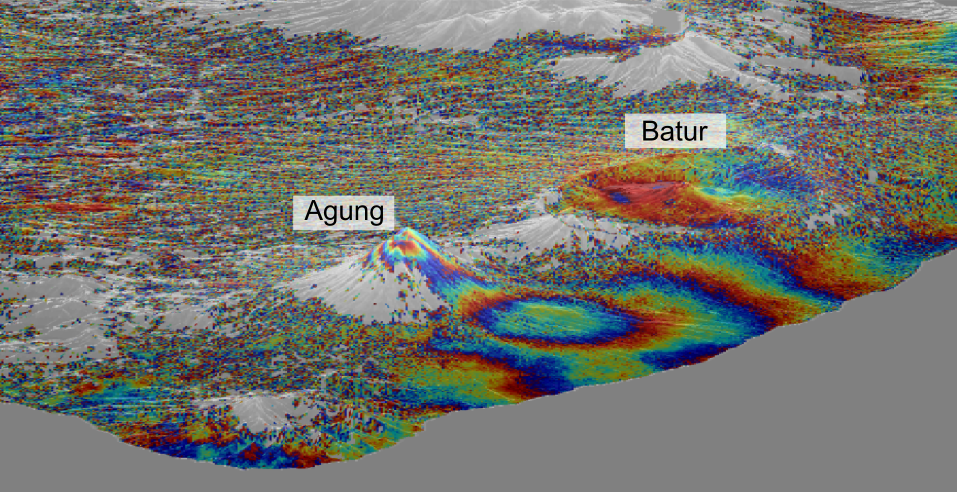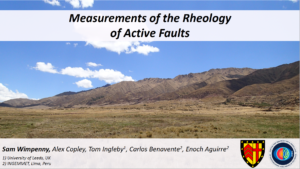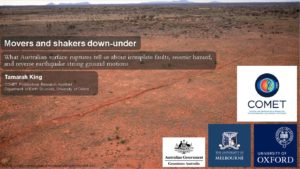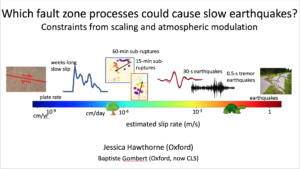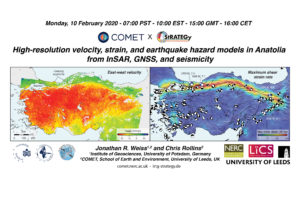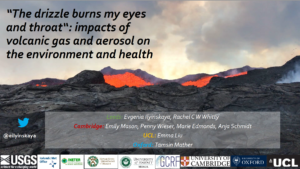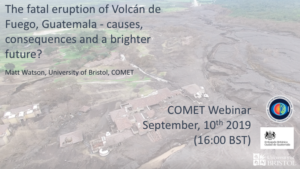Category Archives: Uncategorised
Join our next COMET Webinar (Episode 7)
If you want to attend the webinar please register at https://us02web.zoom.us/webinar/register/WN_OOf9PjNwT1ylO6PTDUyyIQ
(After registering, you will receive a confirmation email containing information on how to join the webinar)
Join our next COMET Webinar (Episode 6)
If you want to attend the webinar please register at https://zoom.us/webinar/register/WN_BLBzndeNRpaDrUOUbR7AVg
(After registering, you will receive a confirmation email containing information on how to join the webinar)
Join our next COMET Webinar (Episode 5)
If you want to attend the webinar please register at https://zoom.us/webinar/register/WN_QVi7Z6IMSo-Jw9SEx7cHxw
Join our next COMET Webinar (episode 4)
If you want to attend the webinar please register at https://zoom.us/webinar/register/WN_ULwu0mFxR96VgHV0IYtkpw
Join our next COMET webinar (Episode 3)
If you want to attend the webinar please register at https://zoom.us/webinar/register/WN_FO8CuSr_Q-ijhSOVFMEVdQ
Join our next COMET Webinar (episode 2)
Join our next COMET Webinar
If you want to attend the webinar, please register at https://zoom.us/webinar/register/WN_3tCmNJ1UR02bSBP81njXaA
We encourage you to watch the webinar together if there are multiple viewers at your institution because the attendance is limited.
COMET NERC National Capability Science Award announced
COMET has been awarded £950,000 by NERC to deliver cutting-edge research on earthquakes and volcanoes and to continue the development of hazard monitoring services.
NERC has officially announced the new funding for COMET on Wednesday 29 May. This will enable ambitious, large-scale science which helps us to understand global change and natural disasters over the next two years.
NERC National Capability lets the UK deliver world-leading environmental science, support national strategic needs, and respond to emergencies. It includes major research infrastructure and facilities, large-scale, long-term research programmes, and the provision of expert advice and services for public and national good.
You can read more about the award, and National Capability, on the NERC website.
Satellite images reveal interconnected plumbing system that caused Bali volcano to erupt
A team of scientists, led by the University of Bristol, has used satellite technology provided by the European Space Agency (ESA) to uncover why the Agung volcano in Bali erupted in November 2017 after 50 years of dormancy. Their findings, published in February 2019 in the journal Nature Communications, could have important implications for forecasting future eruptions in the area.
Two months prior to the eruption, there was a sudden increase in the number of small earthquakes occurring around the volcano, triggering the evacuation of 100,000 people. The previous eruption of Agung in 1963 killed nearly 2,000 people and was followed by a small eruption at its neighboring volcano, Batur. Because this past event was among the deadliest volcanic eruptions of the 20th Century, a great effort was deployed by the scientific community to monitor and understand the re-awakening of Agung.
During this time, a team of scientists from the University of Bristol’s School of Earth Sciences, led by Dr Juliet Biggs used Sentinel-1 satellite imagery provided by the ESA to monitor the ground deformation at Agung. Dr Biggs said: “From remote sensing, we are able to map out any ground motion, which may be an indicator that fresh magma is moving beneath the volcano.”
In the new study, carried out in collaboration with the Center for Volcanology and Geological Hazard Mitigation in Indonesia (CVGHM), the team detected uplift of about 8-10 cm on the northern flank of the volcano during the period of intense earthquake activity.
Dr Fabien Albino, also from Bristol’s School of Earth Sciences, added: “Surprisingly, we noticed that both the earthquake activity and the ground deformation signal were located five kilometres away from the summit, which means that magma must be moving sideways as well as vertically upwards”.
Our study provides the first geophysical evidence that Agung and Batur volcanoes may have a connected plumbing system. This has important implications for eruption forecasting and could explain the occurrence of simultaneous eruptions such as in 1963.
The study is funded by the Centre for Observation and Modelling of Earthquakes, Volcanoes and Tectonics (COMET), a world-leading research centre focusing on tectonic and volcanic processes using earth observation techniques.
Paper: ‘Dyke intrusion between neighbouring arc volcanoes responsible for 2017 pre-eruptive seismic swarm at Agung’ by F. Albino, J. Biggs and D. Syahbana in Nature Communications https://rdcu.be/bmImV
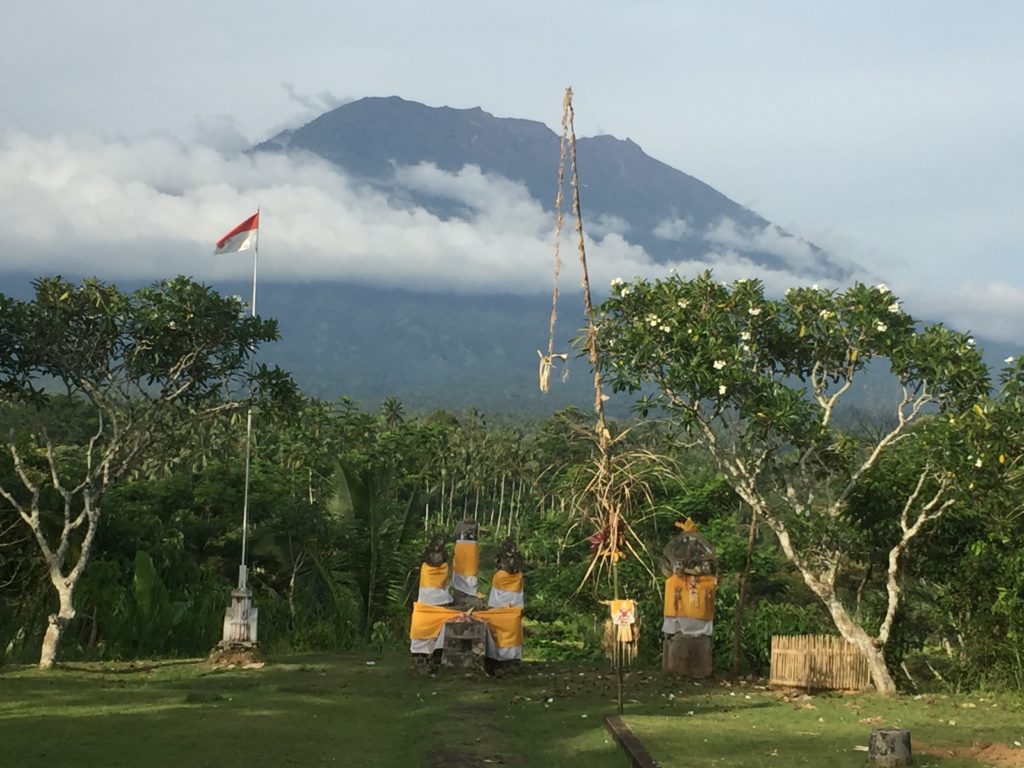
View of Mt. Agung on Nov. 10, 2017 from the Rendang Volcano Observatory, operated by CVGHM. Photo by Jake Lowenstern, USGS.
